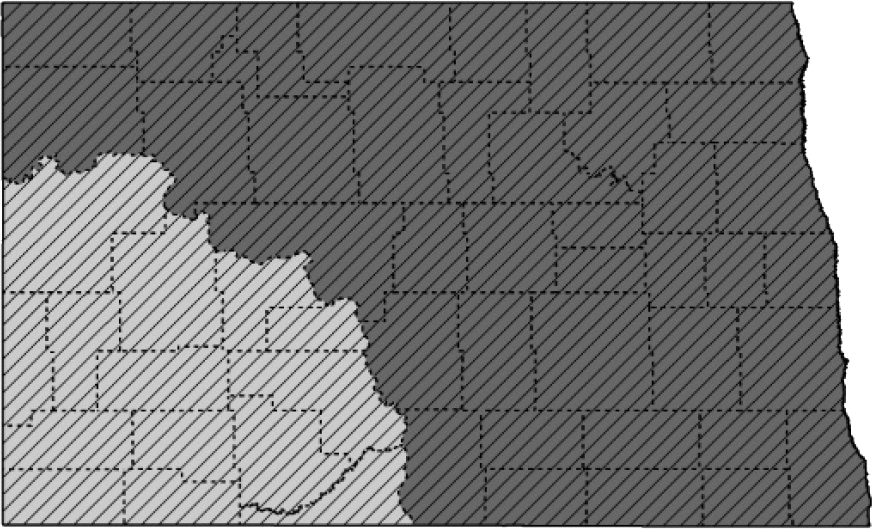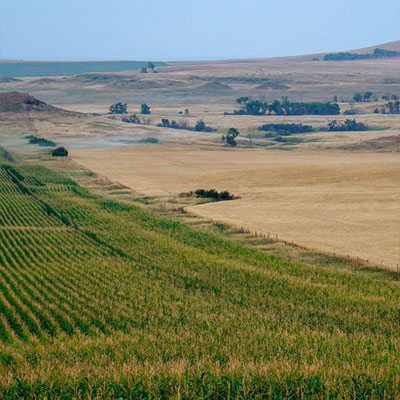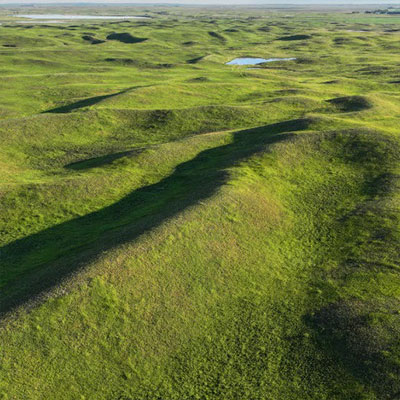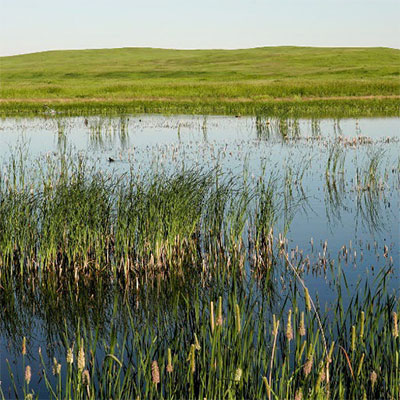Buff-breasted Sandpiper

Adobe Stock
L 8.5”, WS 18”, 2.2 oz. Slender, plain buffy face, pale buffy breast with spotting on sides, bright yellow legs and short dark bill.
Status in North Dakota
Migrates through North Dakota in May, and late July to early October.
Reason for SWAP Designation
Regionally or globally imperiled, at-risk based on expert review (SGCN a., c.).
The peak week for Buff-breasted Sandpiper migration in ND (~26-July) hosts >45% (48.31) of the global population.
The Buff-breasted Sandpiper is declining precipitously.
Small and declining population, limited breeding and nonbreeding range.
Migrates primarily through Central Flyway.
Threats
Loss and degradation of grasslands.
Loss of habitat on the breeding and wintering grounds and amplified effects of climate change in arctic habitats.
Hyperabundant geese populations alter tundra habitat and may limit the availability of nesting habitat for artic-breeding shorebirds.
Loss and degradation of migratory stopover habitat and impacts of human activity at important stopover areas such as the Texas Coastal Plain.
Increasing applications of agrochemicals.
Research and Monitoring
Demographic studies are limited.
Information lacking on migration strategies, stopover sites, and wintering behaviors.
Multiple large-scale shorebird monitoring programs are key sources of information on distribution and population trends.
However, minimal focus has been directed at research or monitoring migrant shorebirds in ND.
Management Recommendations
- Identify and target high priority landscapes, habitats, and stopover sites for protection.
- Burn, mow, and graze grasslands to provide areas of shorter, sparser vegetation.
- Conscientious and appropriate application of agrochemicals.





